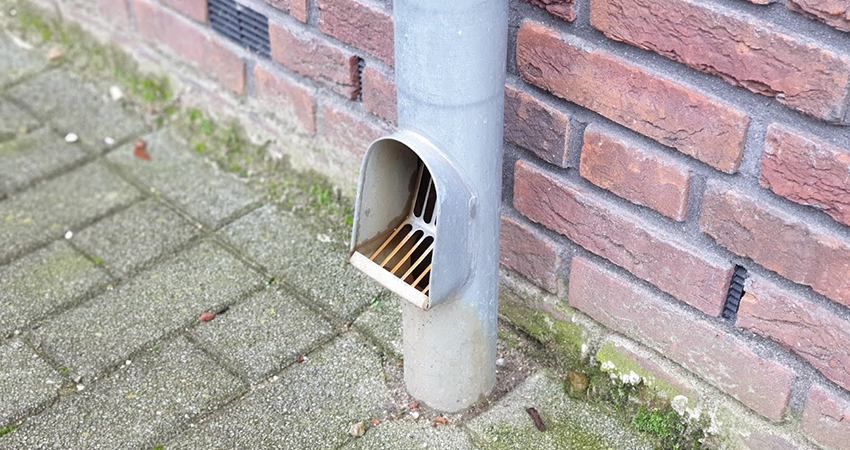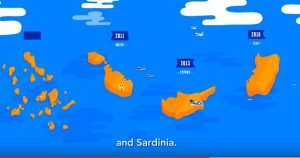American survey reveals microplastics in rainwater threaten the environment

-
 Fergal MacErlean
Fergal MacErlean
Share article:
The presence of microplastics in rainwater is a relatively newly documented phenomenon and one which complicates new rainwater management challenges for municipalities across Europe. Tiny plastic particles were first discovered in rain droplets during a geological survey in Colorado by the U.S. Department of the Interior; more than 90% of samples were found to contain microplastics.
Particles smaller than approximately 5mm are deemed to be microplastics. Nanoplastics can be as small as one-millionth of a millimetre and may adhere to rain-forming clouds. Given projected trends of plastics production, use and disposal, concentrations of microplastics are likely to continue to increase, raising concerns over the potential environmental and human health hazards posed, the OECD notes in a report.
Global pollution
A 2020 study, ‘Plastic rain in protected areas of the United States’, published in Science found even isolated areas witnessed this pollution from the skies. The researchers estimated that more than 1000 metric tons per year fall within south and central western U.S. protected areas, either through precipitation or wind deposition. Their paper shows that the larger water-deposited plastics were mainly from urban areas with resuspension from soils or water. By contrast, plastics deposited under dry conditions were smaller in size, suggesting longer-range, even global transport.
Measurements in Europe
Under the revised Urban Waste Water Treatment Directive, by 2040, microplastics emissions are expected to be “reduced by 9%, mainly though actions on improved management of rain waters.” These new rules will require EU countries to establish integrated urban wastewater management plans in large cities (over 100,000 inhabitants initially, as well as later for cities from 10,000 inhabitants, where needed) to reduce direct emissions of microplastics captured by urban runoff.
Research on treating rainwater
As climate change has brought regular heavy rainfalls and severe floods to Europe the change in precipitation levels has presented municipalities with new rainwater management challenges. Curbing sewage overflows that result from excess rainwater, especially in urban areas, is becoming an increasingly important issue. Further research on the levels of microplastics or other pollutants in rainfall will determine if such discharges will need to be collected and treated in the future.
Disconnecting downspouts
In the Netherlands separate drainage pathways for rainwater are promoted by the government. Retention areas were developed largely after a number of flooding events and generally seek to divert rainwater directly into the earth. The authorities are also encouraging residents to disconnect rainwater falling on their roofs from the sewer system. Under the Rainwater Disconnection and Roof Greening scheme, residents can get a grant to disconnect their properties’ downspouts from draining into the sewers.












